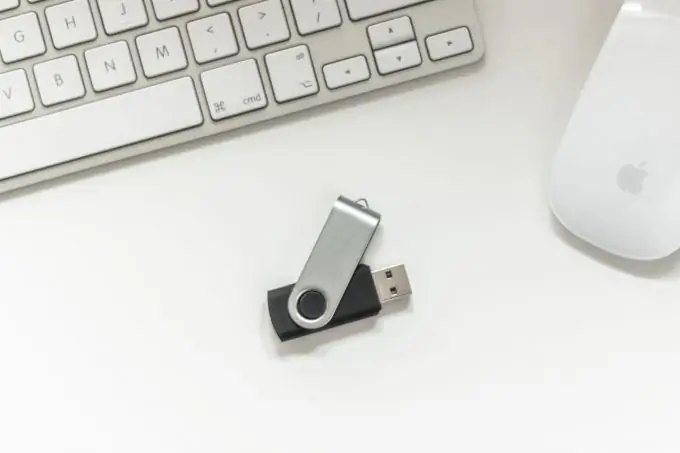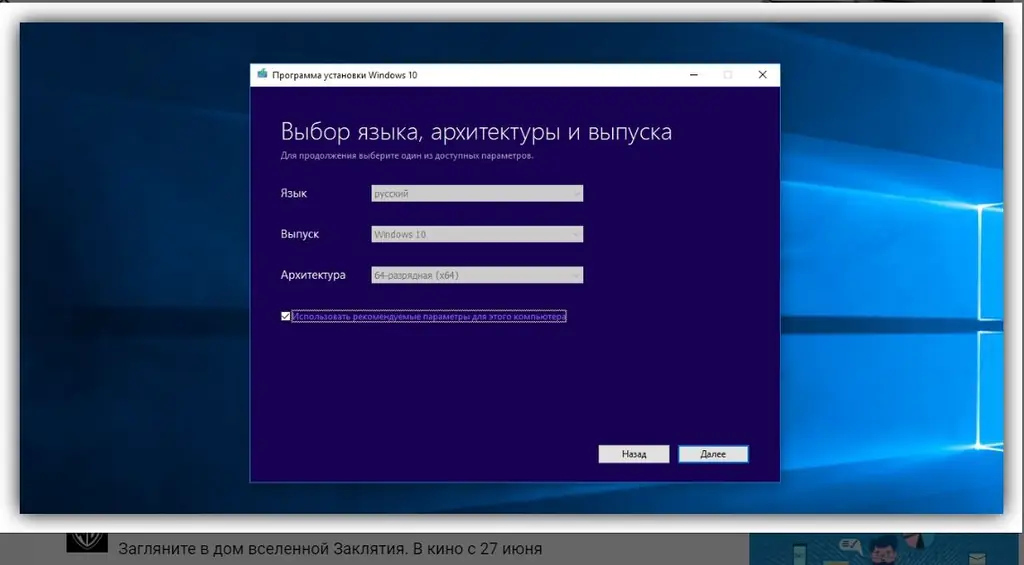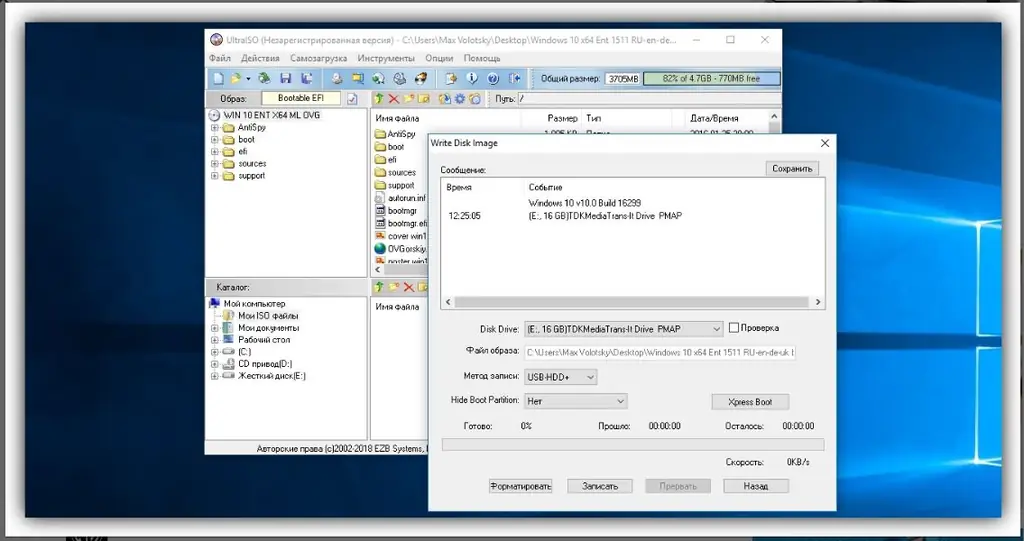Using flash drives to install Windows is much more convenient than using traditional CD-ROMs. Modern computers allow these data sources to be used as installation devices. The difficult moment for many remains the creation of the bootable USB flash drive itself.

To create a bootable USB flash drive, there are both third-party programs and built-in Windows functionality. In order to install an OS on a computer from a flash drive, you need to write an image of the required OS version to the USB flash drive.
The required amount of storage is from 4 GB. The information available on the flash drive at the time of recording will be overwritten.
Working with the Media Creation Tool
This method is official and can be used to install a licensed copy of the OS. However, in order to activate this copy, you must have a key from the original disc. The Media Creation Tool independently downloads a licensed copy of the OS from the Microsoft server and records it on a flash drive. Thus, you can create a bootable USB flash drive with a licensed copy of Windows.
Steps for creating an installation flash drive with the Media Creation Tool:
- After starting the application, select the "Create installation media" item;
- Check the box to determine the parameters recommended for this PC (if installed on this computer) or enter the corresponding parameters for a third-party PC;
- Select a USB device in the list and confirm your choice;
- Wait for the process to complete.

The creation of a licensed installation USB drive takes several minutes, after which it is ready to work as a boot device.
Using built-in Windows functionality
In this case, you need an OS image packed in ISO format. This data can be downloaded from torrents or other software distribution sites. For home use, this option is quite suitable.
It is enough to transfer the installation image to a clean USB flash drive by means of a computer. Please note that you need a computer with a new graphical interface instead of the outdated BIOS.
First, the flash drive must be formatted in the FAT32 system and, having found the ISO image in the explorer, transfer all the available data to the prepared flash drive.

Working with the UltraISO program
This method is suitable for all computers, including obsolete ones. Despite the fact that the UltraISO program is complete, a trial period is enough to create an installation flash drive. This point must be specified when you first start the application.
Further, all actions are intuitive. You must also have an ISO image and specify the FAT32 file system when formatting the drive.

After pressing the "Record" button, the data transfer process will begin, after which the flash drive is ready to work as an installation one.
There is another free program Rufus, with which you can make a bootable one from a regular USB flash drive. This program requires a careful study of the interface.






